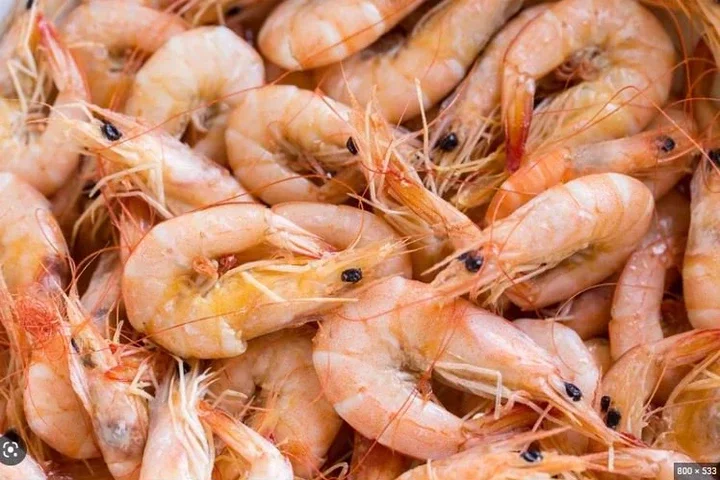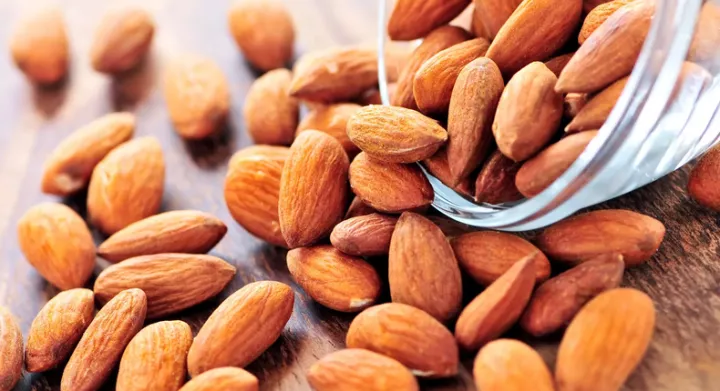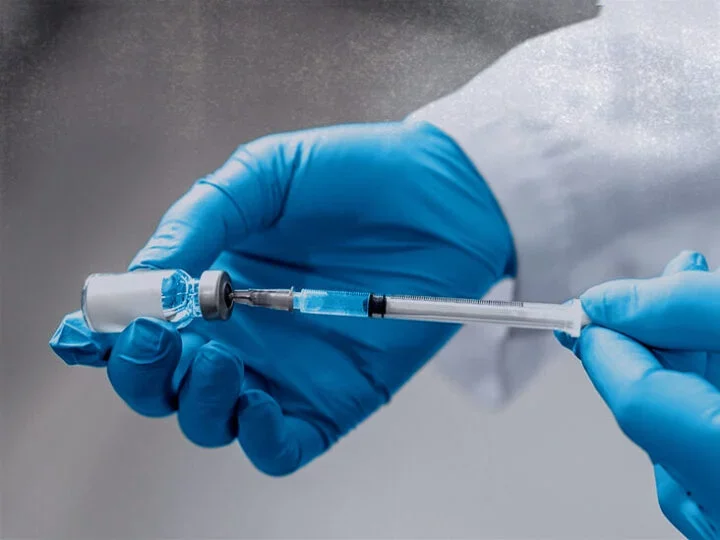
Shrimps are a fascinating and diverse group of marine crustaceans that belong to the order Decapoda, which means "ten-footed" in Greek, referring to their characteristic five pairs of walking legs. They are found in oceans, rivers, lakes, and even some brackish water environments worldwide.
Shrimps occupy diverse habitats, from the sandy bottoms of oceans and coastal areas to freshwater streams and tropical coral reefs. Their adaptability allows them to thrive in a variety of conditions.
Shrimps have a distinctive body structure with a hardened exoskeleton, segmented body, and a flexible tail fan. They possess two pairs of sensory antennae, complex compound eyes, and specialized appendages for swimming, capturing prey, and carrying eggs.
Shrimps exhibit a wide range of behaviors, including hunting, scavenging, and even social interactions within certain species. Some are known for their cleaning services, where cleaner shrimp remove parasites from other fish. They are both predators and prey, contributing to the complex web of marine life. Some species serve as important food sources for larger fish, birds, and marine mammals.
Here are more facts.
1. Did you know that the heart of a shrimp is not in its chest? But in its head.
2. Interestingly, these arthropods are actually good at swimming. They can propel themselves backwards quickly by flexing the muscles of their abdomen and tail, or swim forward more slowly using the appendages on the underside of their tail.
3. There are over 2,000 different shrimp species spread out all over the world and in every known marine niche, from the tropics to the Antarctic Ocean. The most common species found in our region are the Gulf Brown Shrimp, Gulf Pink Shrimp, and Gulf White Shrimp.
4.The average lifespan of a shrimp is 9 to 18 months, although some species, such as the North Atlantic shrimp, are known to live up to 8 years.
5.The body size of adult shrimp varies from 2 to 30 cm.
6. Many species of shrimp are born as males, and as they mature, they gradually transform into females.
7. The record holder among shrimp in terms of body size is black tiger shrimp. They can grow up to 36 cm and weigh 650 g.
8. Sea shrimp eggs can survive the drought without damage - the eggs will dry out but will be reborn immediately after falling into the water, and soon offspring will appear from them.
9. A species of shrimp that lives off the coast of Panama was named after the rock band Pink Floyd - one of their claws is much larger than the other and has a purple-red color.
10.Shrimps undergo a series of molting stages, shedding their exoskeleton as they grow. After molting, the new exoskeleton is soft and gradually hardens. This process allows shrimps to adapt to changing size requirements.
11.Shrimps are omnivorous, that is they typically consume microscopic plant and animal matter by filtering the water around them or sifting through the ocean floor. Certain types of shrimp also catch and eat small fish.
12.The nucleus of each cell in the body of a shrimp contains 90 pairs of chromosomes (in humans, by comparison, there are 46).
13.If the small crustacean is a part of your diet, it may reduce your risk of developing cancer. That's because shrimp contain selenium, an antioxidant mineral that activates enzymes to fight the growth of cancer-causing free radicals.
14.Shrimps are a very low-calorie food (a medium cooked shrimp has about 7 calories), which means you can eat quite a few without feeling guilty. Shrimp also has a lot of protein and is particularly good for you when served with healthy carbs, like brown rice or vegetables.
15.The Gulf States (Texas, Louisiana, Mississippi, Alabama and West Florida) produce 244 million pounds of shrimp per year.
16.The average American consumes 4.0 lbs. of shrimp annually. Comparatively, this is out of
15.5 pounds of seafood people in the United States eat each year.
17. Shooting shrimp are able to click their claws, emitting a sound with a power of 218 decibels, which is comparable to the signals of roaring whales. The deafening click allows the shrimp to kill small fish that are nearby and feed on them.
18. Shrimps activate the metabolism, so they are included in many diets for those who want to lose weight. In addition, they improve the functioning of the endocrine system, the condition of the skin, hair and nails.
19. Shrimps possess specialized appendages called claws or pincers, which play a crucial role in their survival, feeding, and defense mechanisms.
















Comments